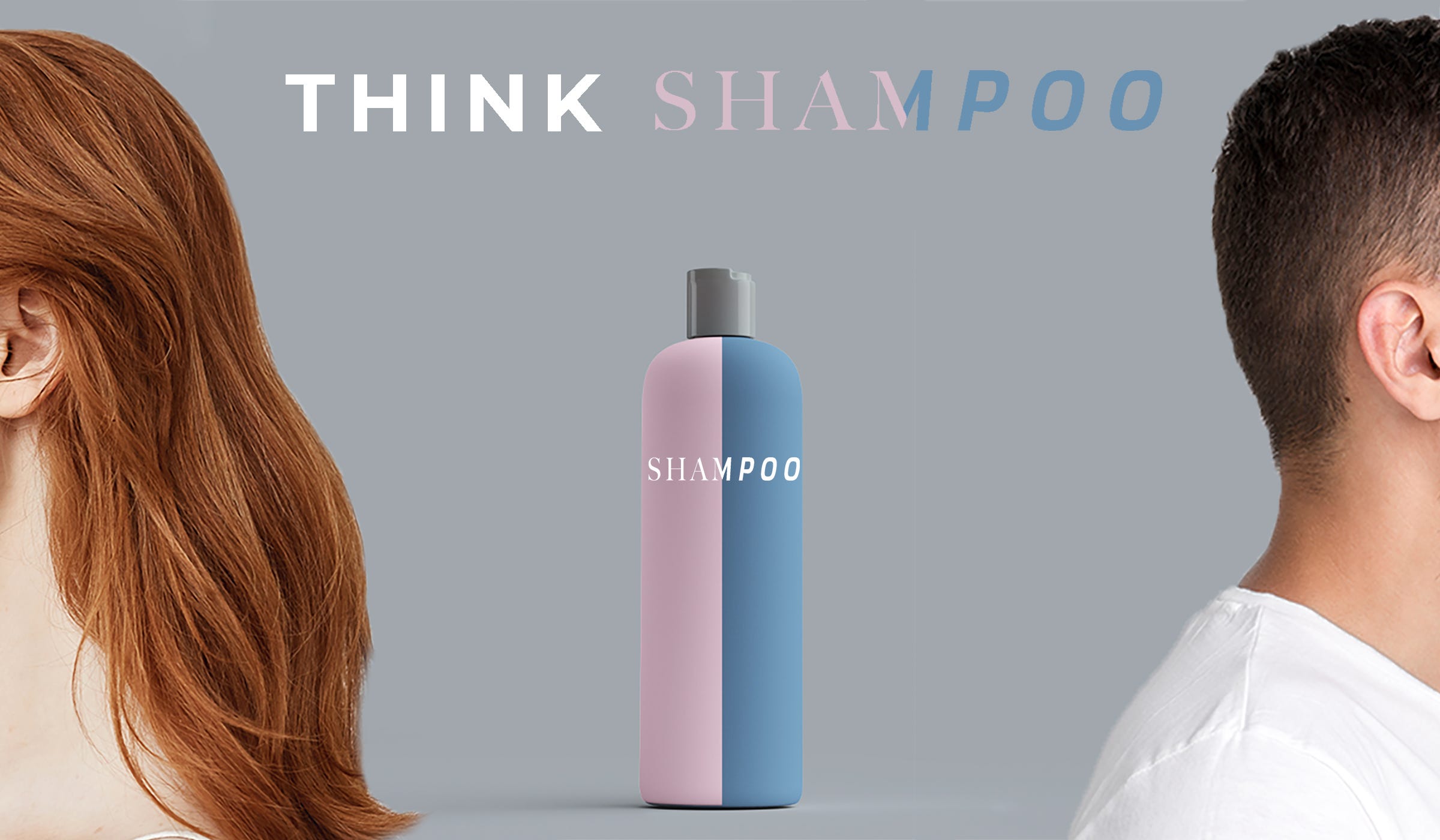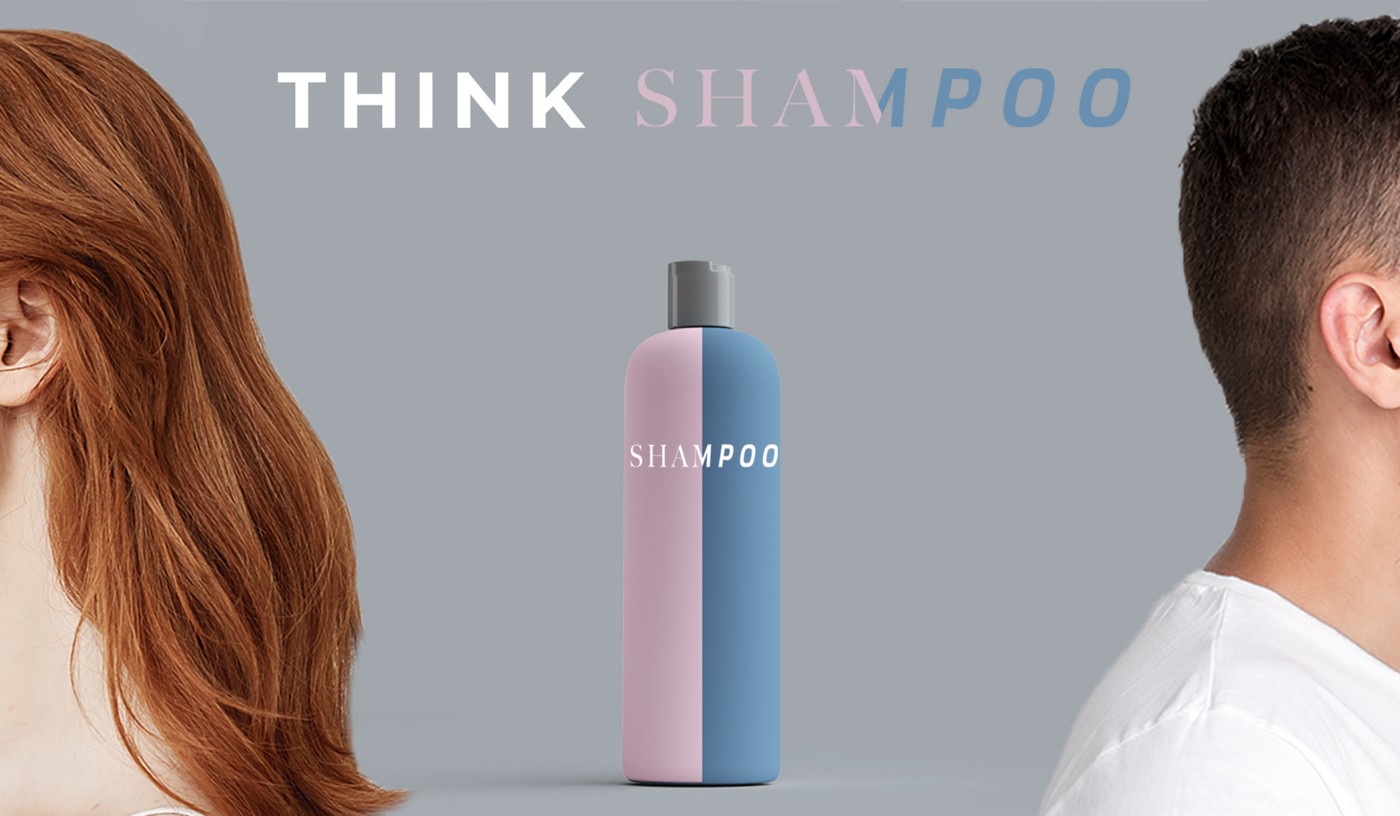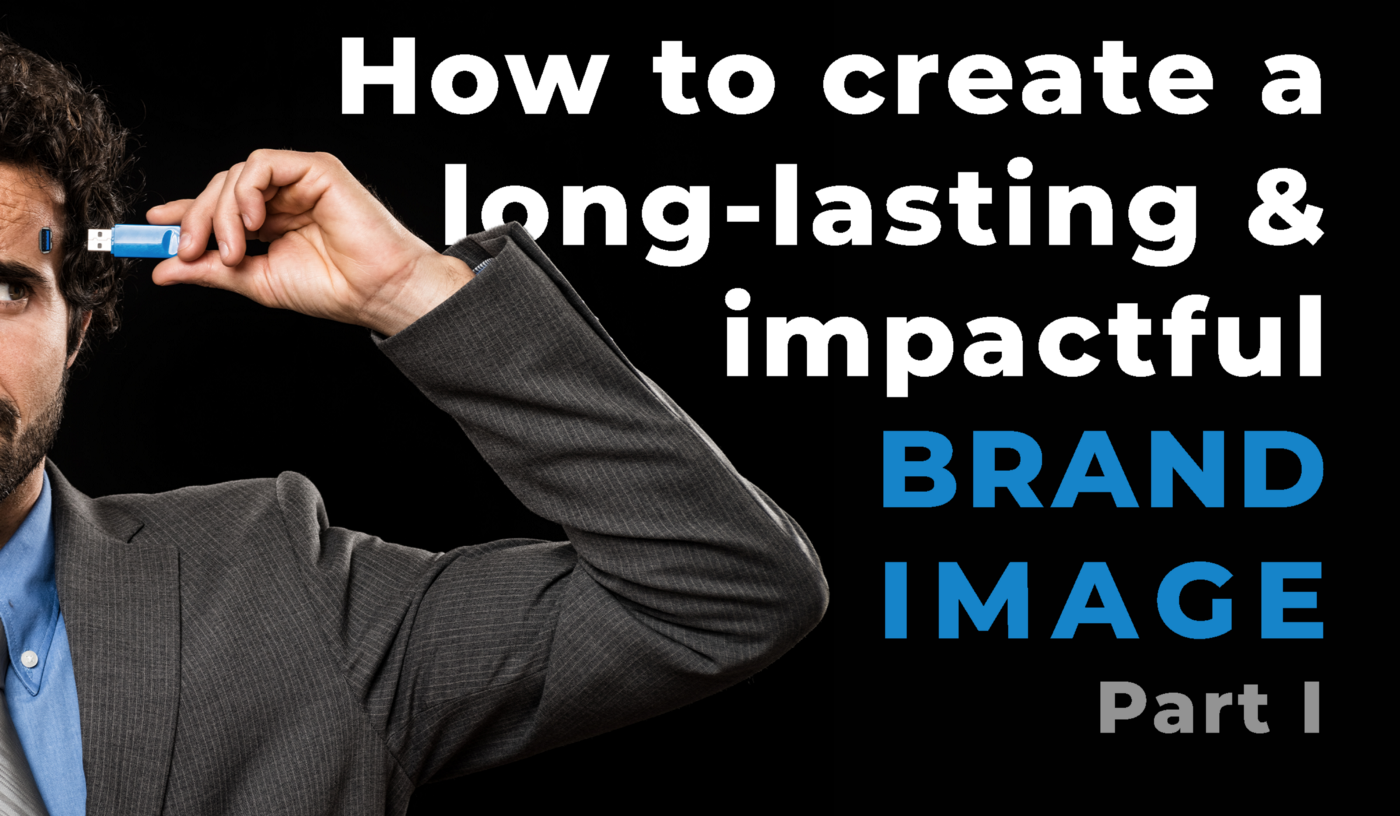You don’t need a breakthrough invention to innovate, you can be unique and bring something new on the table by working on your brand.

1. Not only startups get to be innovative, you can too.
As we explore our definition of Innovation in this video, we understand that innovation needs to bring value, but it doesn’t have to be “new”.
Innovation is the conversion of creativity into value for stakeholders
I think a lot of companies or service providers struggle with the idea of bringing something “new” to the table. Why would people choose us over a similar offering that has proven success or a better reputation?
“We are just a design agency like all the other ones.”
“Our company has been providing accounting services for years, nothing special about it”
“Our restaurant is for everybody but people don’t come, we have good food!”
“We have a b2b product with a lot of competition, we just need to be cheaper and better so companies choose us”
What if you could bring more value and change the perception of your product/service to feel more “special”?
This is the power of focused positioning, and what expands from it.
The value you provide is affected by much more than the tangible/functional benefits that you are providing. Of course, you need to be good at what you do, but you can get a huge competitive advantage by focusing.
2. Think shampoo
The shampoo is a modern world commodity. We see ads about a new one almost every day with new benefits that can help with very specific kinds of hair, for her and for him. (don’t forget the kids!)
Do you think it always used to be this way? Shampoo, like a lot of products, was created to focus on its first purpose, wash hair. So why do we have that many offerings now? Gender-specific, hair-specific, etc.
Are men and women hair that different that we need to create such separations? No, there is no genetic difference, the functional need we have is at its most basic sense, the same. But where it gets interesting is when we consider experiential and emotional needs.
Choosing a focus will affect product development.
Focus and positioning is deeply engrained in Brand Strategy and affect much more than what the product looks like.
What happens when you choose to focus on a specific segment of the market? Even though your product is at its core the same, you will start developing it to answer more specific needs that you wouldn’t be able to answer if you didn’t focus. You start making changes and improvements that you wouldn’t have considered otherwise.
Imagine that you choose to create the first shampoo for women only, you will adapt your design and packaging to appeal to a more feminine audience, but you will also start developing different experiential and emotional attributes, you will change the scent of the shampoo, maybe the texture, the shine, how it makes the hair look, etc.
As a woman, if suddenly discover that there is a shampoo just for you, how would that make you feel? How would you react to the experience of using a product that is specifically made for you? Would you hesitate about buying it?
As a man, you won’t even look closely at the women’s product because it is not made for you, you will filter down your own options, and if there is a product that is made for you, with the scent you like, you’ll most likely go for it. The feeling of trust created because you feel like you are making the right choice, that this product understands you, will overcome any other rational and functional features.
This concept can be applied to literally every product or service. And this is how you stand out using brand strategy. Would there be any reason to enter a market if it is already saturated and you have a very low chance of being in the top 3 players?
Of course, you’ll also sometimes see generic offerings for everyone, but are those really top-shelf products?
Instead, narrow down your reach, you will be much more relevant to your audience, plus, you will spend much fewer resources in outreach because you’ve already eliminated a part of the market you won’t talk to.
3. Already saturated market? Audience focus VS solution focus VS emotional focus
So you’ve decided to make a women’s shampoo, but there are already a hundred of those.
Then you go to the next level of focus, what about narrowing down even more, maybe do a shampoo for blonde hair only?
Another way to focus and be perceived as the most relevant choice is to also focus on the solution to a specific problem and/or feeling you provide.
You can create a shampoo that helps repair hair or untangle them, but you can also be a shampoo that makes women feel more elegant, sexy, glamorous, etc.
The most powerful of all focuses is the focus you create when you make the choice to build something Bigger Than This.
On top of having great functional and experiential benefits, if you can create a brand that stands for something, that means something, that instantly creates a feeling when seeing the logo, something memorable, remarkable and consistent, then you’ll have the best differentiator.
Whatever choice you make it should affect how the product is developed to deliver on the promise you create when choosing a path.
Depending on your market and competition, the positioning choice you make will determine how your design and marketing efforts will be directed, but also how your offering will be developed.
4. Would you rather race to the bottom or race to differentiation?
Choosing a narrower path to focus your efforts on can be scary. What if you make the wrong choice? How many doors am I going to close?
Look at it this way: if you’re in a competitive market and you don’t have a shot at being in the top players or to be different, chances are that you’ll be competing on price. You and your competition will fight to get business and whoever is cheaper and more convenient will win the fight, over time it’s a race to the bottom, lowering margins by going cheaper while trying to increase quality.
The other trend that we are seeing, and that still has a lot of room for, is the race to mass customization, a race where the point is not to beat the competition, but to actually run away from it. And the way we do that, is by becoming the only relevant offer on the market, by being the only company that focuses so much it becomes a no-brainer for potential buyers.
5. So when do I innovate?
When you develop a product or service crafted to answer a specific need, to a specific audience, then your product is seen as an innovation.
The foundations of your product or service will be the same, but you will largely increase its perceived value because you will answer a need a different way, a customized and bespoke way.
Do you consider this innovation? Can you list some examples of innovation by branding?




